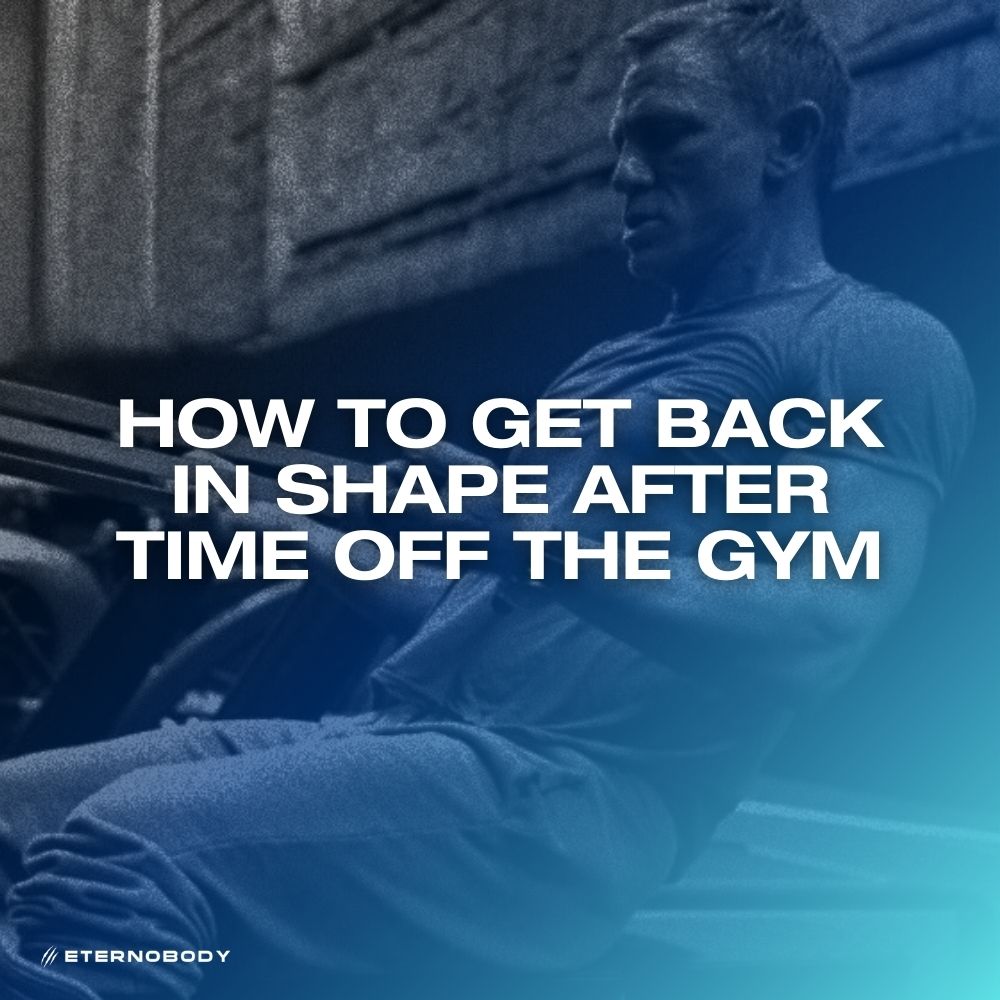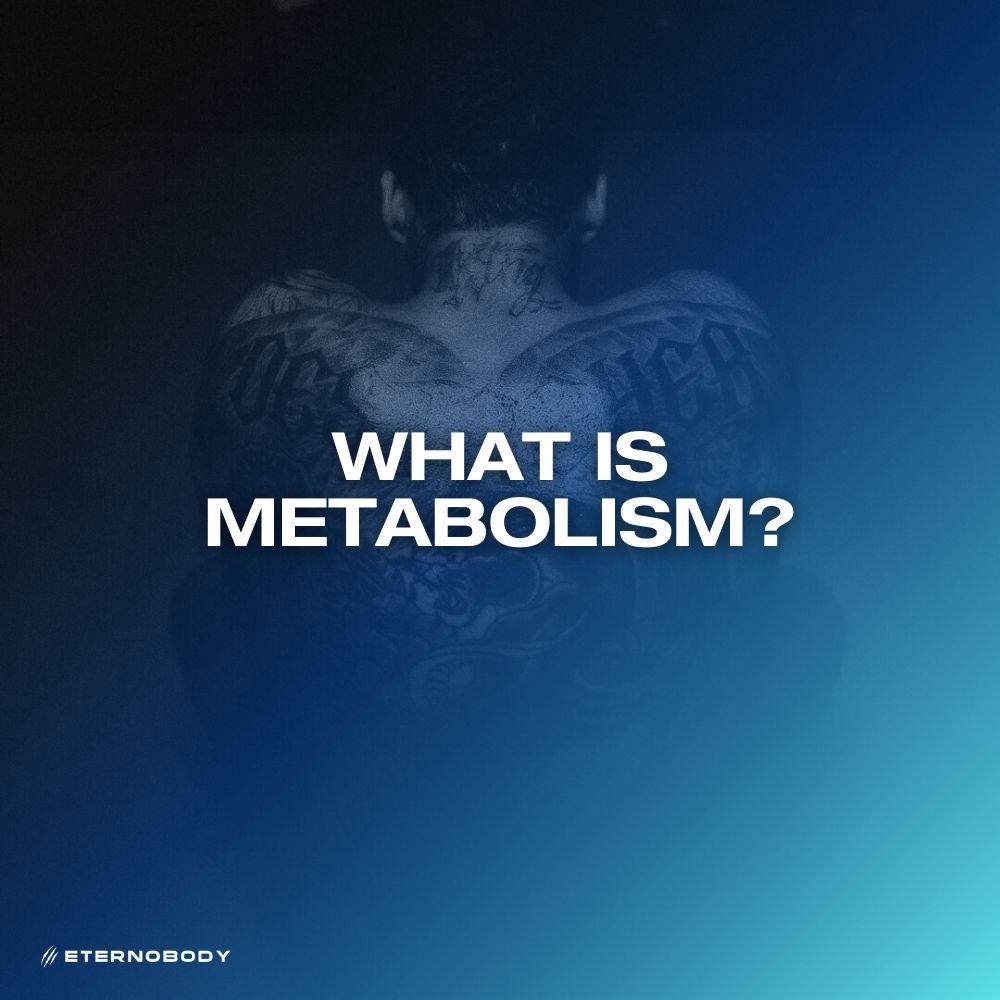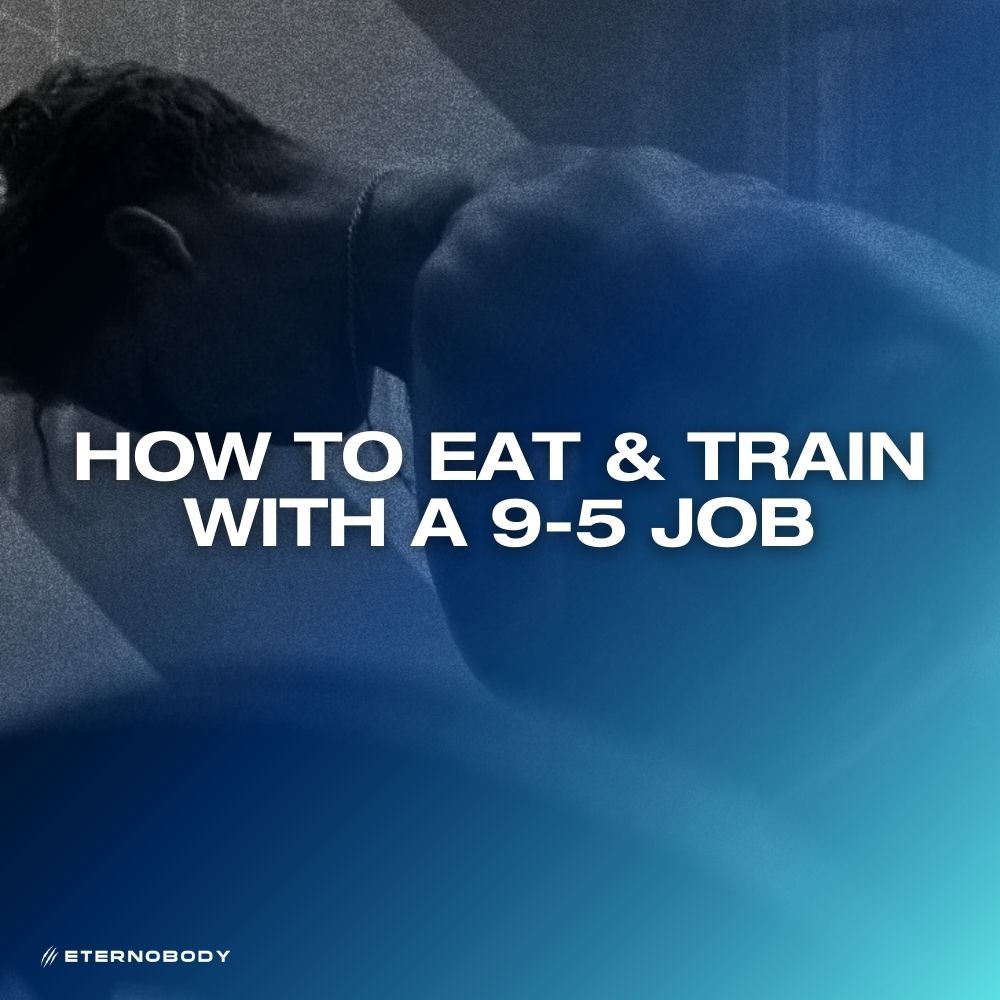
Most men who start lifting weights ask the same thing: how much muscle can I actually build without steroids?
The truth is, there is a limit, and it is smaller than many people think. But that limit is still enough to build a strong, impressive physique if you train and eat the right way.
Let’s look at what the science and real-world examples say about natural muscle growth.
HOW MUCH MUSCLE CAN YOU GAIN NATURALLY?
If you are training and eating well, the biggest chunk of your muscle growth will come in the first five years of lifting. In that period, many men will add somewhere around 20 pounds of lean muscle. After that, gains come slower. The next five years might only give you another 5 pounds, and after a decade of training, you might only be adding 1 or 2 pounds here and there. This slow-down happens because your body is moving closer to its natural genetic ceiling.
Research has shown that men usually top out at around 20 to 40 pounds of total muscle gained over their lifting career. Women usually reach their ceiling at about 12 to 24 pounds. That might sound low, but it’s enough to completely change how your body looks.
The key here is that natural growth follows a curve. Fast in the beginning, slower as the years pass. You can push that limit a bit with smart training, proper nutrition, and staying consistent. But it’s not going to be hundreds of pounds.
FACTORS THAT DETERMINE YOUR NATURAL POTENTIAL
How much muscle you can build is shaped by your genetics, training, and diet. Let’s break that down.
First, genetics play a huge role. Some men are born with more muscle-friendly body types. They gain faster and peak higher than others. Others can train just as hard and not reach the same size. You can’t change your genetics, but you can maximise what you have.
Second, training. To make progress, you need to train hard and consistently. That means pushing close to failure, using good technique, and getting enough training volume. A solid range for most lifters is 5 to 15 hard sets per muscle per week. Variety also matters. Use different exercises and always aim to add weight or reps over time.
Third, diet. You need enough calories to grow. Spending time in a calorie surplus is important if you want to reach your full natural size. Protein intake is key as well. A good target is at least 0.7 grams per pound of bodyweight, or about 1.6 grams per kilo. Without proper food intake, your training results will stall.
REAL-LIFE NATURAL EXAMPLES
Plenty of natural lifters have reached their peak potential and shared their results on YouTube. Take Alex Leonidas. At five foot six, he added about 40 pounds of muscle over 13 years. He started at 120 pounds and now sits around 160 pounds lean. At times, he bulked up to 200 pounds before cutting back down.
Another example is Jeffrey Verity Scofield. At six feet tall, he went from 150 pounds to 193 pounds lean after 10 years of training. At his heaviest bulk, he reached 224 pounds before cutting. Both lifters show what is possible if you stay consistent and work hard for years.
Looking back further, strongmen from the late 1800s and early 1900s also built impressive natural physiques before steroids even existed. They weren’t the limit of what’s possible, since modern training and nutrition have improved, but they prove that large, muscular builds were always possible without drugs.
THE ROLE OF FAT-FREE MASS INDEX
One way researchers measure natural potential is by using the fat-free mass index (FFMI). This compares your lean body mass to your height. Earlier studies suggested that a FFMI of 25 was the natural limit. That led to the belief that anyone above this must be using steroids. But more recent research has shown that some natural athletes reach FFMI scores of 27 or higher.
It’s also important to know that FFMI is affected by body fat. Heavier athletes with higher fat percentages can show higher FFMI numbers without having extreme muscle mass. So while FFMI can give clues, it is not an absolute test of whether someone is natural. There is always overlap, and some natural lifters will look more muscular than enhanced lifters because of genetics, hard work, and consistency.
WHY IT’S SMART TO MAX OUT NATURAL FIRST
Before you even think about steroids, it makes sense to reach your natural ceiling. This usually takes around 10 years of proper training and eating. By doing this, you learn how to train effectively, how to eat for growth, and how your body responds to different strategies. That knowledge is crucial if you ever choose to enhance.
Even more importantly, you may find that your natural potential is more than enough. Adding 20 to 40 pounds of muscle will transform your body. It will also keep your health risks much lower compared to steroid use. Steroids can double or even triple muscle gains, but they come with serious downsides like higher risk of heart disease, hormone issues, and unwanted physical changes.
GENETICS STILL RULE
It’s worth stressing that genetics control a lot of the outcome. Some people can be natural and look like they’ve been using steroids for years. Others can take steroids and still not look impressive. That’s why judging someone’s training knowledge based only on their size makes no sense. Training advice should be judged on evidence and logic, not how big the coach is.
FINAL THOUGHTS
Natural muscle growth has limits, but those limits are enough to build a strong, muscular body. With smart training, proper eating, and consistency over years, most men can add 20 to 40 pounds of muscle naturally. Genetics decide where you land in that range, but effort and consistency make sure you get as close as possible to your ceiling. Max out your natural potential first, and you’ll have the body and the knowledge to make the best decisions for your future.
REFERENCES
Bhasin, S., Storer, T. W., Berman, N., Callegari, C., Clevenger, B., Phillips, J., Bunnell, T. J., Tricker, R., Shirazi, A. and Casaburi, R., 1996. The effects of supraphysiologic doses of testosterone on muscle size and strength in normal men. New England Journal of Medicine, 335(1), pp.1-7. https://doi.org/10.1056/NEJM199607043350101
Bhasin, S., Woodhouse, L., Casaburi, R., Singh, A. B., Bhasin, D., Berman, N., Chen, X., Yarasheski, K. E., Magliano, L., Dzekov, C., Dzekov, J., Bross, R., Phillips, J., Sinha-Hikim, I., Shen, R. and Storer, T. W., 2001. Testosterone dose-response relationships in healthy young men. American Journal of Physiology-Endocrinology and Metabolism, 281(6), pp.E1172-E1181. https://doi.org/10.1152/ajpendo.2001.281.6.E1172
Kouri, E. M., Pope Jr, H. G., Katz, D. L. and Oliva, P., 1995. Fat-free mass index in users and nonusers of anabolic-androgenic steroids. Clinical Journal of Sport Medicine, 5(4), pp.223-228. https://doi.org/10.1097/00042752-199510000-00003
Schoenfeld, B. J., Ogborn, D. and Krieger, J. W., 2016. Effects of resistance training frequency on measures of muscle hypertrophy: a systematic review and meta-analysis. Sports Medicine, 46(11), pp.1689-1697. https://doi.org/10.1007/s40279-016-0543-8




